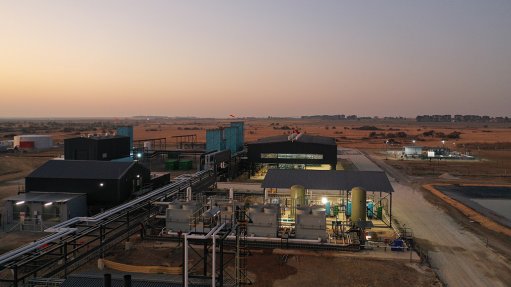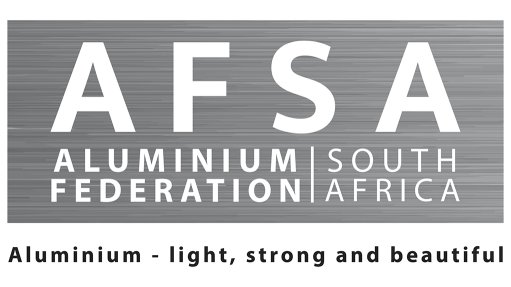Global market for green hydrogen derivatives such as ammonia emerging
According to the World Platinum Investment Council, there are signs that a global market in green hydrogen or green hydrogen derivatives is emerging, with more than 80 announcements between 2020 and 2021 for projects or collaborations that relate to global hydrogen or ammonia trade.
Based on these announcements, the most active prospective importers are Germany, Japan and the Netherlands, with the most active prospective exporter being Australia.
The focus on strengthening Europe’s long-term sustainable security of energy supply has provided additional impetus to the aim of boosting the region’s future hydrogen capability and availability.
A recent report on the global hydrogen trade outlook for 2050 issued by the International Renewable Energy Agency showed that the use of green hydrogen as an energy carrier is set to provide a way of transporting renewable electricity over long distances, linking low-cost production sites – regions with an abundance of wind or solar power – with demand centres that need to import green hydrogen.
Hydrogen – especially emissions-free green hydrogen – is an important source of energy for achieving a carbon-neutral economy. To produce green hydrogen, renewable energy is converted into hydrogen through electrolysis, with platinum-based proton exchange membrane (PEM) electrolysers forming a key technology.
The production of green hydrogen could grow by almost five times to 614-million tonnes a year between now and 2050 to satisfy clean energy demands. The global capacity for electrolysers producing green hydrogen needed to meet this demand is forecast to increase from the 300 MW installed now to about 5 000 GW of electrolyser capacity in 2050.
However, this growth potential is predicated on the establishment of a global trade in green hydrogen as a commodity.
Today, the transportation and storage of hydrogen is mainly based on compressed hydrogen, which, owing to its low density, needs to be stored at either extremely high pressures of between 350 bar and 700 bar, or as a liquid at extremely low temperatures of about -253 °C, requiring specialist handling.
An alternative is to first transform the hydrogen into a commodity with a higher density by volume that is easier and more cost-effective to transport, for example ammonia.
Ammonia gas can be stored as a liquid at room temperature under a pressure of just 10 bar, or under atmospheric pressure at -33 °C. More than 125-million tonnes of ammonia are produced globally every year and processed into fertiliser in agriculture or used in chemical processes, among other things.
Using ammonia as a carrier to transport hydrogen enables the use of existing, well-developed supply chain infrastructure and trading mechanisms.
Multinational energy company RWE views green ammonia – produced without the use of fossil fuels – as the most competitive hydrogen derivative with the highest degree of technological maturity.
PIPELINE PROJECTS
At the Port of Immingham, in the UK, Associated British Ports is partnering with gas and chemical supplier Air Products to import green ammonia from production locations around the world. This will be used to produce green hydrogen, stimulating demand and supporting the development of a local and national green hydrogen market.
The creation of north-west Europe’s first green ammonia hub, by refurbishing and expanding an existing energy storage facility at Vlissingen, in the Netherlands, is being evaluated by German energy company Uniper and Vesta Terminals.
The site is suitably located for the supply of green ammonia by seagoing vessels, and in a second phase it could be connected to the Dutch hydrogen pipeline network.
Uniper is assessing the development of several access points for green energy into Europe.
At the German Port of Wilhelmshaven, it is also planning an import terminal for green ammonia, which will be equipped with an ammonia cracker for reconversion of the ammonia to green hydrogen and nitrogen.
The terminal will be connected to the hydrogen network and would be capable of supplying about 295 000 t of hydrogen, or 10% of the demand expected for the whole of Germany, in 2030.
Article Enquiry
Email Article
Save Article
Feedback
To advertise email advertising@creamermedia.co.za or click here
Comments
Press Office
Announcements
What's On
Subscribe to improve your user experience...
Option 1 (equivalent of R125 a month):
Receive a weekly copy of Creamer Media's Engineering News & Mining Weekly magazine
(print copy for those in South Africa and e-magazine for those outside of South Africa)
Receive daily email newsletters
Access to full search results
Access archive of magazine back copies
Access to Projects in Progress
Access to ONE Research Report of your choice in PDF format
Option 2 (equivalent of R375 a month):
All benefits from Option 1
PLUS
Access to Creamer Media's Research Channel Africa for ALL Research Reports, in PDF format, on various industrial and mining sectors
including Electricity; Water; Energy Transition; Hydrogen; Roads, Rail and Ports; Coal; Gold; Platinum; Battery Metals; etc.
Already a subscriber?
Forgotten your password?
Receive weekly copy of Creamer Media's Engineering News & Mining Weekly magazine (print copy for those in South Africa and e-magazine for those outside of South Africa)
➕
Recieve daily email newsletters
➕
Access to full search results
➕
Access archive of magazine back copies
➕
Access to Projects in Progress
➕
Access to ONE Research Report of your choice in PDF format
RESEARCH CHANNEL AFRICA
R4500 (equivalent of R375 a month)
SUBSCRIBEAll benefits from Option 1
➕
Access to Creamer Media's Research Channel Africa for ALL Research Reports on various industrial and mining sectors, in PDF format, including on:
Electricity
➕
Water
➕
Energy Transition
➕
Hydrogen
➕
Roads, Rail and Ports
➕
Coal
➕
Gold
➕
Platinum
➕
Battery Metals
➕
etc.
Receive all benefits from Option 1 or Option 2 delivered to numerous people at your company
➕
Multiple User names and Passwords for simultaneous log-ins
➕
Intranet integration access to all in your organisation
















